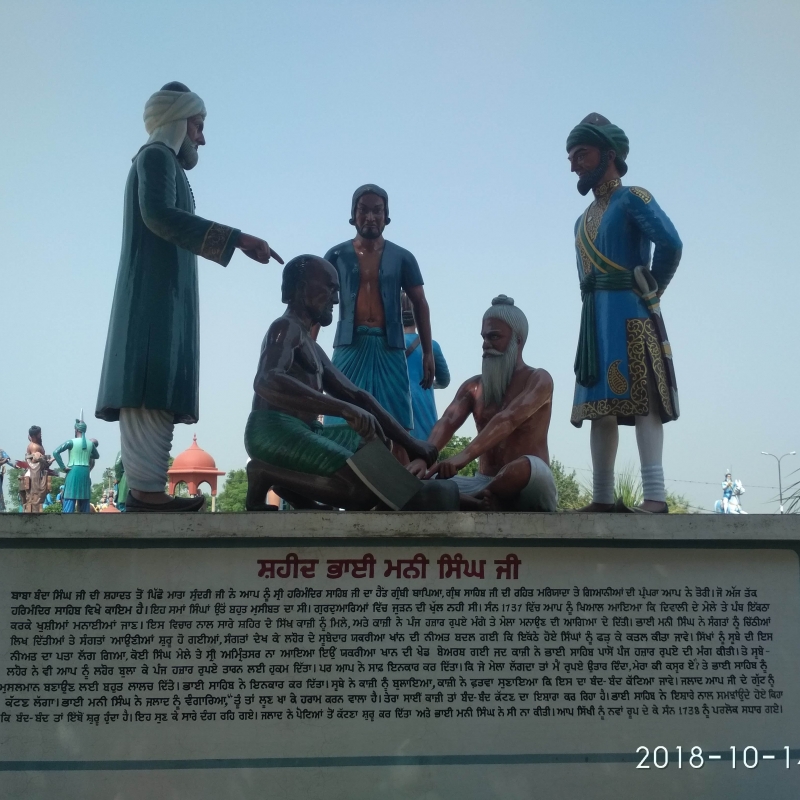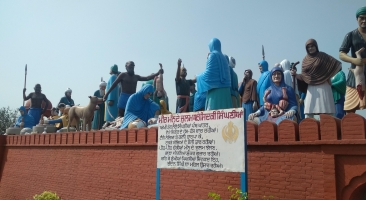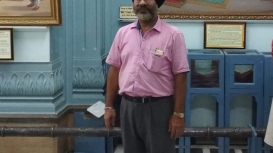This module focusses on the shahadat tasveeran (martyrdom images), part of twentieth- and twenty-first-century Sikh visual culture in India. It is an art historical, ethnographic and subaltern study of the grotesque images of martyrdom, and a critical analysis of the artistic production of oil painting, prints, posters, popular art, calendar art, photographs and social media images which commemorate bodily suffering, trauma, horrific death and martyrdom of Sikhs in the past, and then, its dissemination, effects, reception, responses and its pedagogic role.
Shahids (martyrs) play a significant role in the history and self-perception of the Sikh community. A body of Sikh martyrdom images is circulated and seen at Sikh institutions, religious and cultural centres, missionary and public museums, gurdwaras (Sikh shrines), book covers, book illustrations, comics and internet forums. The images, a recurring motif, document the death of Sikh gurus (fifth guru, Arjan Dev, and ninth guru, Teg Bahadur) and Sikh warriors during the Islamic Mughal rule and Afghan invasions. Later episodes in the military history includes Sikh freedom fighters during British colonial times and Sikh victims in the communal riots during the Partition of India. The rise of the Khalistan movement for a separate Sikh nation during the 1980s to 1990s created another wave of suffering and, subsequently, visual art. The partial carnage of Sri Harmandir Sahib (popularly known as the Golden Temple) for ‘Operation Blue Star’, anti-Sikh communal riots and post-1984 military and police surveillance operations in Punjab, such as ‘Operation Woodrose’ and ‘Operation Black Thunder’, further created a narrative of oppression, suffering, trauma, death and martyrdom that has found place on canvases, sculptures, T-shirts and other mediums. This module will look at many aspects of this widespread tendency of art, and attempt to answer why and how does martyrdom become the central concept in Sikh visual culture? It will also investigate the relationship between suffering, trauma, victimhood, death, morality and social formation of the Sikh community.



